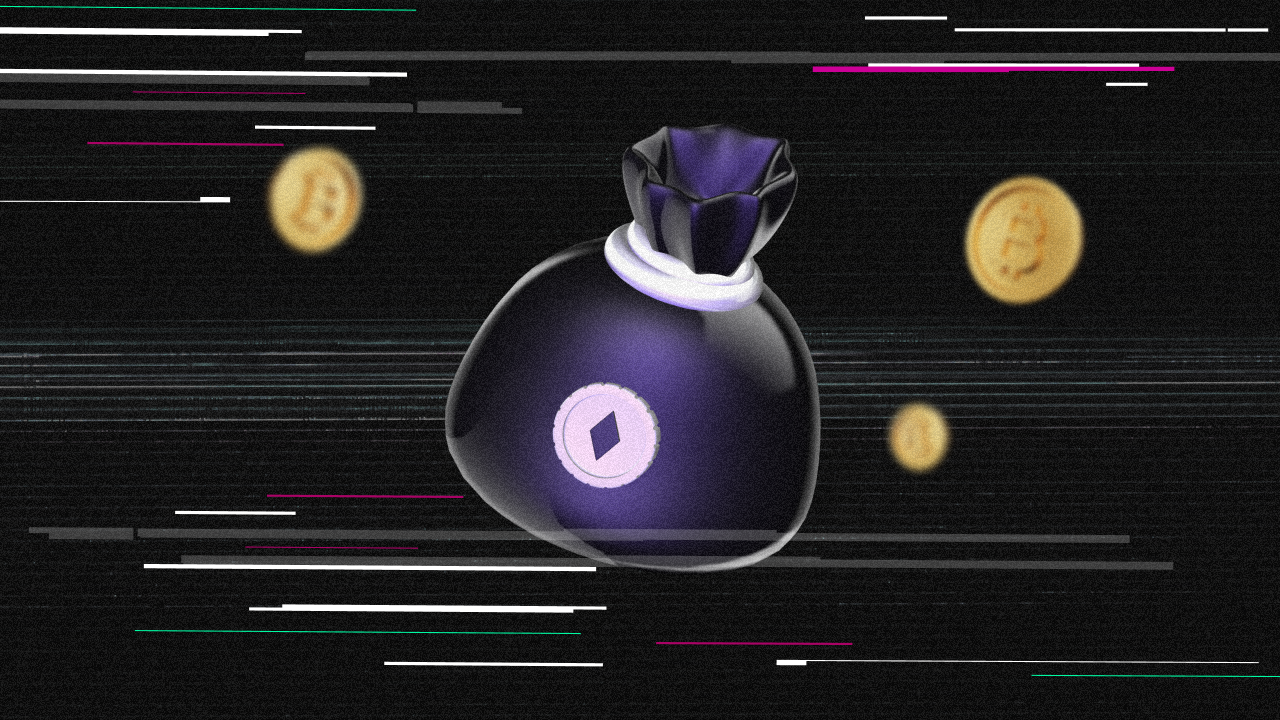Cryptocurrency: A Beginner's Guide to Digital Money

Getting Into Crypto From Scratch
You're not alone if you've heard the words "Bitcoin" or "blockchain" but still aren’t sure how it all works. This article breaks down cryptocurrency, how it functions, and where it fits in the emerging digital economy.
It’s a foundational read for anyone just beginning their Web3 journey. It helps you understand how crypto works, why blockchain matters, and why decentralization isn’t just a buzzword but a powerful financial tool.
What Is Cryptocurrency and Why Does It Matter?
Cryptocurrency is a form of digital money that exists only online and operates independently of banks, central authorities, or governments. It's built on cryptography and blockchain technology, which ensures that transactions are secure, transparent, and autonomous.
You can send money directly to another person — no banks, middlemen, or KYC. A crypto wallet isn’t a bank account — it’s a software interface that manages your private keys, which give you access to your digital assets. The coins are stored on the blockchain — a global, distributed database maintained across thousands of computers worldwide.
The first and most famous cryptocurrency is Bitcoin, created in 2009 in response to the global financial crisis. It is a decentralized alternative to government-controlled currencies. Today, thousands of cryptocurrencies exist, each with its own features and architecture, from Ethereum to TON.
Crypto's core mission is to give users more freedom. It’s a tool for saving, sending, trading, investing, and even participating in governance through DAOs and tokens.
How Cryptocurrency and Blockchain Work Together
Blockchain is the foundation that powers all cryptocurrencies. Think of it as a public, secure, and transparent ledger that records every transaction in real time — and can’t be altered after the fact.
The network verifies every coin movement. This ensures that no one can "double-spend" or tamper with data without consensus from the majority. Cryptocurrency is the medium of exchange within this system — without it, the blockchain couldn’t operate, just like a car can’t run without fuel.
Thanks to crypto, we now have an independent financial system where users manage their assets directly without needing a bank or state.
Where to Store Cryptocurrency: Types of Wallets
To use cryptocurrency, you need a wallet — an app or device that stores your private keys, which are the cryptographic codes that give you access to your funds. Your wallet is the interface to the blockchain, allowing you to send, receive, and store crypto.
There are two main types of wallets: hot and cold.
- Hot wallets are connected to the Internet — mobile apps, browser extensions, or web platforms. They’re convenient but less secure and best suited for small amounts and daily transactions.
- Cold wallets are physical devices that store keys offline. They’re highly secure and ideal for long-term storage of larger assets — think of them as digital safes.
Smart users typically combine a hot wallet for everyday use and a cold wallet for long-term holding.
Types of Cryptocurrencies
Bitcoin was the first — but it’s far from the only one.
Ethereum introduced smart contracts — self-executing programs that run on the blockchain. This innovation enabled the creation of decentralized platforms, such as DEXs, NFT marketplaces, DeFi apps, and metaverses.
Altcoins (any crypto other than Bitcoin) serve various functions.
- Solana is known for high-speed transactions.
- Dogecoin began as a meme but became a cultural icon.
- Binance Coin (BNB) powers the Binance exchange ecosystem.
- TON is a blockchain that is deeply integrated with Telegram.
Another critical category is stablecoins — digital assets pegged to fiat currencies like the US dollar. Examples include USDT, USDC, and DAI. They’re widely used for trading, saving, and transferring value without volatility.
How to Evaluate a Cryptocurrency's Potential
One fundamental metric is market capitalization — the total value of all circulating coins. It reflects a project’s size and relative popularity, but is not the only factor.
To assess a cryptocurrency’s potential, consider its team, technology, whitepaper, real-world use cases, partnerships, and community strength. A low-cap coin might be an emerging gem — or a high-risk bet. A coin with high volume could lack long-term value.
For Web3 founders, token analysis should focus on utility:
- Does it serve a real purpose?
- Does it incentivize retention?
- Are users actively involved in the product’s growth?
These are the foundations of strong tokenomics.
What’s Ahead for Crypto?
Expert opinions vary. Some believe crypto will eventually replace fiat currencies and become a global payment standard. Others remain skeptical, pointing to regulatory and scalability hurdles.
But one thing is clear: crypto has already changed how we think about money. It offers financial autonomy, ownership, and new ways to control digital assets.
More importantly, cryptocurrency is the backbone of Web3, a new Internet paradigm in which data and power belong to communities, not corporations.
Final Thoughts
Cryptocurrency is more than just digital cash. It’s a foundational layer of a new financial system with minimal reliance on banks, middlemen, or centralized control. Understanding how it works is a key step in embracing Web3.
If you're starting, follow Cware Academy for future articles that simplify complex Web3 topics. And if you’re already working on a Web3 product and need help with tokenomics, product packaging, marketing, or go-to-market strategy, contact us. The Cware Labs team can support your growth from idea to scale.
